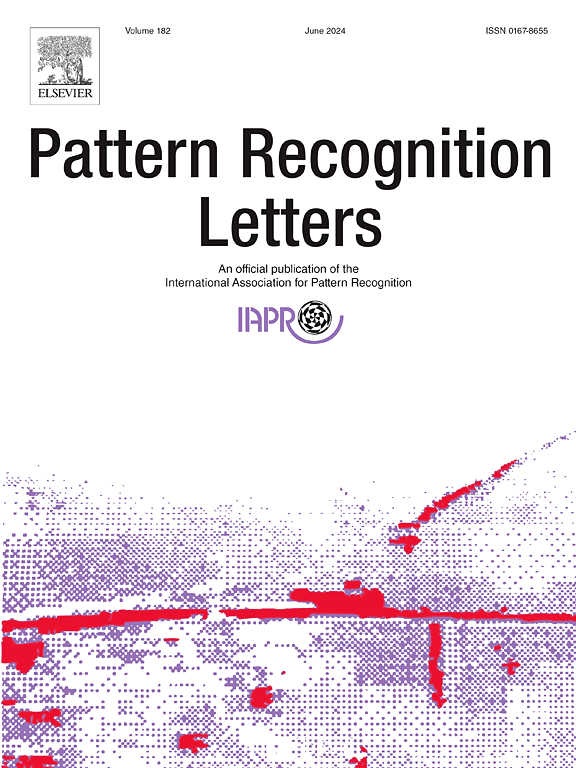使用四阶段一类方法增强现实世界中的随机地表异常检测
IF 3.3
3区 计算机科学
Q2 COMPUTER SCIENCE, ARTIFICIAL INTELLIGENCE
引用次数: 0
摘要
缺陷检测和定位对于制造过程中的质量控制至关重要,然而,由于实验室数据集的静态特性,现有的算法和模型在实际工业场景中经常失败,特别是在非批量生产中。此外,有限和异构的缺陷样本,加上昂贵的人工注释,突出了依赖于正常图像的无监督方法的必要性。为了解决这些问题,我们提出了随机表面异常检测(RSAD)模型,这是一种四阶段一类异常检测和定位方法。首先,利用基于嵌入的技术,我们使用预训练的ImageNet网络引入迁移学习来提取局部聚合特征。接下来,适配器调优应用于将这些特征转移到工业领域,减少对自然图像的偏差。此外,将随机高斯噪声引入特征空间内的正态特征表示,然后判别器对特征正态性进行评分。最后,在MPDD数据集和其他基准测试上进行实验,验证了RSAD模型在异常检测方面的最先进(SOTA)性能,验证了其在真实制造环境中的可靠性。本文章由计算机程序翻译,如有差异,请以英文原文为准。
Enhancing random surface anomaly detection in real-world using a four-stage one-class approach
Defect detection and localization are critical for quality control in manufacturing, yet existing algorithms and models trained on laboratory datasets often fail in real industrial scenarios due to their static nature, especially in non-mass production. Moreover, limited and heterogeneous defective samples, coupled with costly human annotation, highlight the need for unsupervised methods relying solely on normal images. To address these challenges, we propose the Random Surface Anomaly Detection (RSAD) model, a four-stage one-class anomaly detection and localization approach. Initially, leveraging embedding-based techniques, we introduce transfer learning with a pretrained ImageNet network in extracting locally aggregated features. Next, adapter tuning is applied to transfer these features into the industrial domain, reducing bias towards natural images. Additionally, random Gaussian noise is introduced into normal feature representations within the feature space and a discriminator then scores feature normality. Finally, experiments on the MPDD dataset and other benchmarks, demonstrate the RSAD model's state-of-the-art (SOTA) performance in anomaly detection, validating its trustworthiness in real-world manufacturing environments.
求助全文
通过发布文献求助,成功后即可免费获取论文全文。
去求助
来源期刊

Pattern Recognition Letters
工程技术-计算机:人工智能
CiteScore
12.40
自引率
5.90%
发文量
287
审稿时长
9.1 months
期刊介绍:
Pattern Recognition Letters aims at rapid publication of concise articles of a broad interest in pattern recognition.
Subject areas include all the current fields of interest represented by the Technical Committees of the International Association of Pattern Recognition, and other developing themes involving learning and recognition.
 求助内容:
求助内容: 应助结果提醒方式:
应助结果提醒方式:


